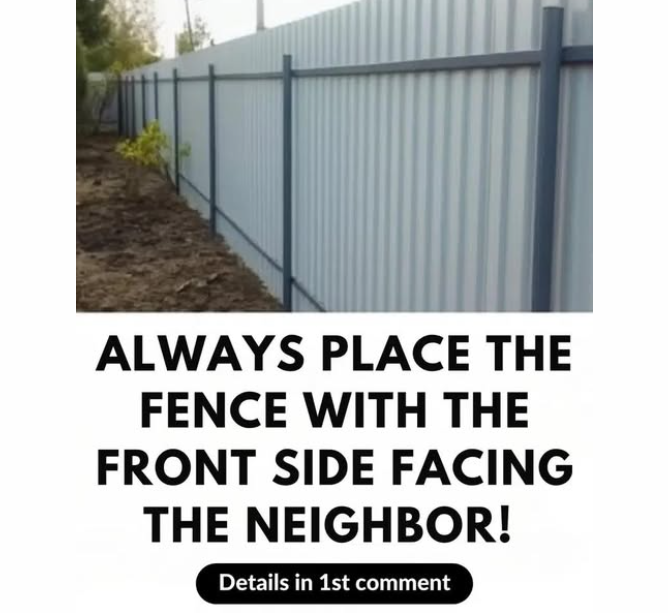In a world where sameness often feels safe, some couples break the mold—choosing partners who look, think, or behave very differently from themselves. These “mismatched” relationships—where one partner might be significantly taller, heavier, more introverted, or more outgoing than the other—are more common than we think, and they raise fascinating questions about what really drives attraction.
Psychologists suggest that opposites sometimes attract because of deep, often unconscious, needs. A tall person might find comfort in a shorter partner’s gentleness, while the shorter partner may feel protected and grounded by their height difference. It’s not just about appearance—it’s about what those differences represent emotionally.
These pairings push back against the common human preference for similarity, known as homogamy. Instead of seeking a mirror image, these couples are drawn to contrast—sometimes as a way of balancing out traits they feel they lack themselves.
For instance, noticeable weight differences can reflect much more than physical contrast. They may point to a desire to challenge narrow beauty standards or resolve internal insecurities. In many cases, these connections are built on mutual respect and an emotional give-and-take that transcends surface-level traits.
The Emotional Blueprint of Difference
When it comes to intimacy, being different can be a strength—but it also requires effort. Emotional and physical closeness thrives not on perfect alignment, but on communication, vulnerability, and understanding. Successful couples learn how to express their desires and respect their partner’s unique needs without criticism.
Differences often show up in social preferences too. One partner might crave deep, tight-knit friendships, while the other is more socially adventurous. The key isn’t changing each other—it’s finding a middle ground and learning to appreciate different ways of connecting with the world.
Crisis as a Mirror
How couples handle stress can also vary widely. One partner might respond to a crisis with calm logic, while the other becomes anxious or emotional. Far from being a problem, this can be an advantage—if both learn to value what the other brings to the table. Trust turns these contrasts into strengths; misunderstanding can just as easily turn them into divides.
Communication Styles and the Invisible Divide
Even the way partners check in with one another can reflect deep-seated habits or gender norms. Some like constant updates and reassurance; others feel stifled by too much communication. Finding harmony here means recognizing—and respecting—each other’s emotional rhythms.
When it comes to solving problems, the differences can feel stark. One partner may want to address an issue immediately, while the other prefers to process before talking. Without understanding, even small disagreements can escalate. With patience, these differing styles can become complementary rather than conflicting.
And then there’s the question of shared resources—money, time, emotional labor. If one partner always seems to get the short end of the stick, tension can brew. Clear, fair conversations about how power and resources are shared can prevent long-term strain.
More Than Meets the Eye
At the heart of it all, mismatched couples offer a window into the complexity of human connection. Love doesn’t always follow predictable rules, and attraction isn’t limited to symmetry or sameness. Sometimes, what looks mismatched on the outside is exactly the kind of harmony two people need.









